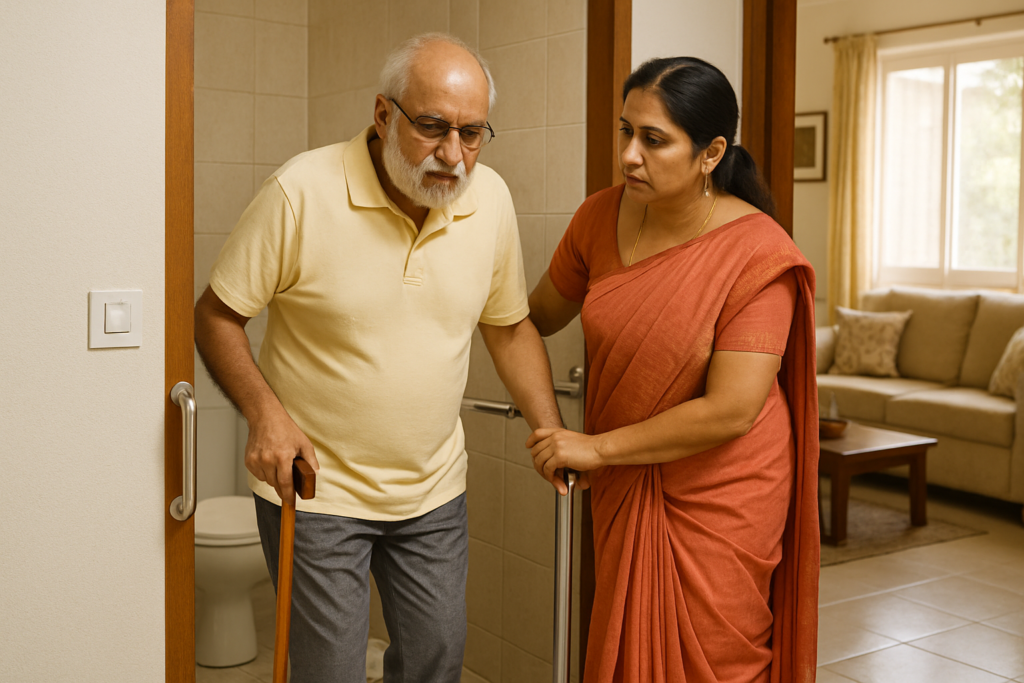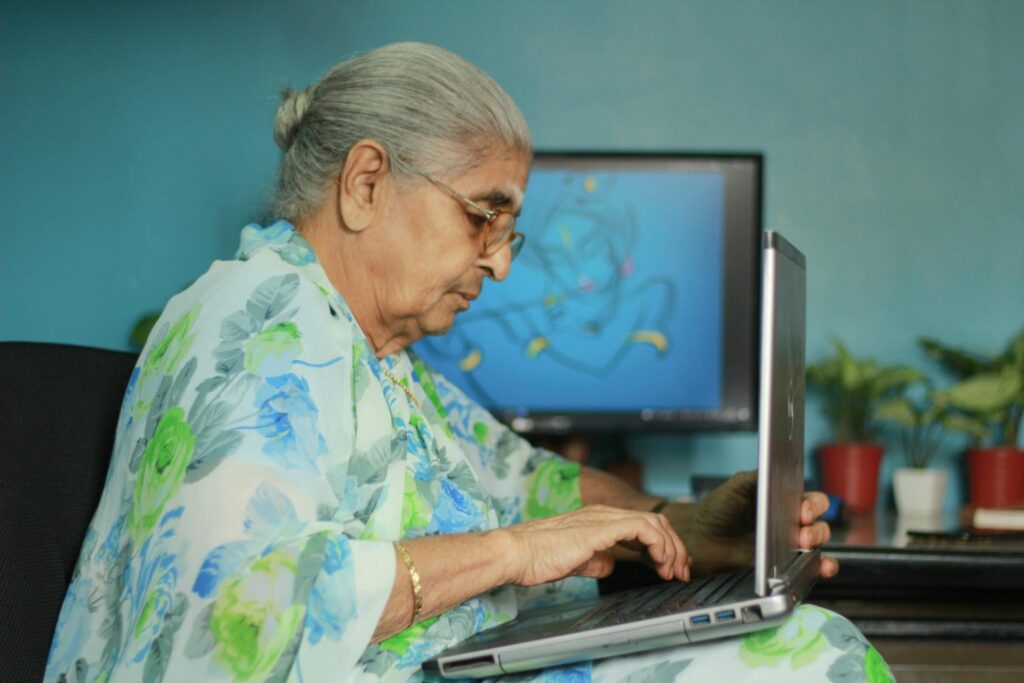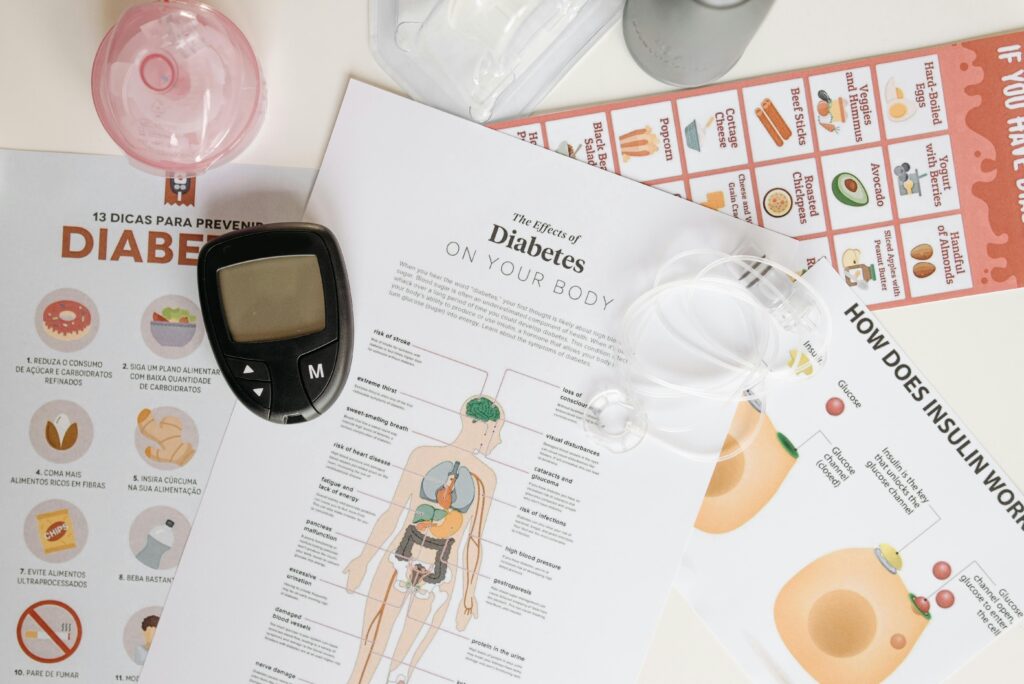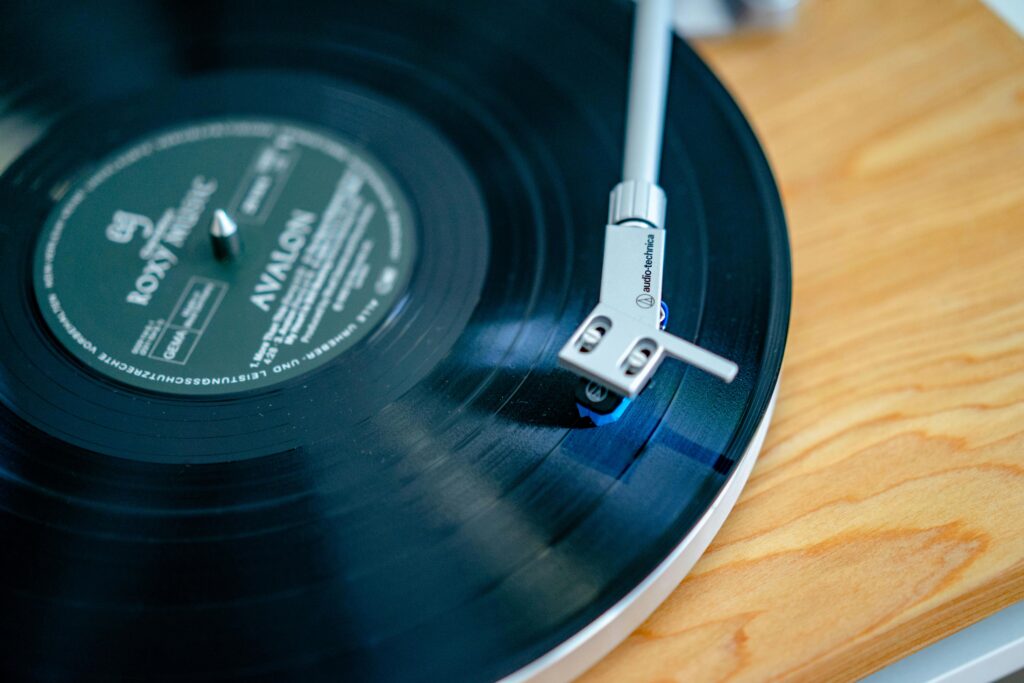Creating a safe home environment for seniors isn’t about making drastic changes. It’s about being thoughtful, observant, and proactive in identifying risks and making small but meaningful improvements.
This blog walks you through room-by-room safety tips, simple modifications, and ways to ensure a home is truly senior-friendly.
Why Safety at Home Matters for Older Adults
As people age, several factors come into play—reduced balance, slower reflexes, poor vision, and the need for frequent medications. These natural changes increase the risk of falls and injuries. Many seniors also live with chronic illnesses, which can make recovery from even minor accidents more difficult.
Ensuring a safe home helps older adults stay independent, confident, and comfortable. It gives family caregivers peace of mind. Most importantly, it can prevent life-altering injuries before they happen.
General Safety Tips for the Whole House
No matter how big or small the home is, a few universal safety practices apply across all rooms.
1. Remove tripping hazards:
Loose rugs, electrical cords, low stools, or cluttered walkways can cause trips and falls. Keep pathways clear, especially in high-traffic areas.
2. Improve lighting:
Dim lighting makes it harder to see objects clearly. Use bright, glare-free LED bulbs in all rooms, and make sure nightlights are placed in hallways and bathrooms.
3. Install handrails and grab bars:
Install sturdy handrails on both sides of staircases. In bathrooms, place grab bars near the toilet and inside the shower.
4. Use non-slip flooring:
Marble and smooth tiles may look nice but can be dangerously slippery. Use anti-skid mats and flooring options with better grip.
5. Label and organize medicines:
Clearly label all medications, and use a pill organizer if necessary. Store them in a safe, dry place out of children’s reach.
Making the Bedroom Safer
The bedroom should be a restful place, but it can quickly become a danger zone if not arranged with care.
- Choose a comfortable bed height: It should be easy for the senior to sit down and stand up without difficulty.
- Keep essentials within reach: Water, phone, glasses, torchlight, and medicine should be on the bedside table.
- Avoid sharp furniture edges: Rounded corners on furniture help prevent injury.
- Use sensor nightlights: These help seniors safely move around at night without fumbling for switches.
Bathroom Safety: A Top Priority
Bathrooms are one of the most accident-prone spaces for older adults. Water and smooth tiles are a risky combination.
- Install grab bars beside the toilet and inside the shower.
- Use a shower chair or stool for those with balance issues.
- Lay anti-skid mats on the floor and inside the bathing area.
- Opt for lever-style taps instead of twist knobs—they’re easier to use for arthritic hands.
- Ensure good ventilation to prevent slippery mildew buildup.
Kitchen Safety for Seniors
Many seniors enjoy cooking, and it’s great for maintaining independence. However, kitchens have their own risks.
- Store essentials at waist level to avoid bending or climbing.
- Label containers clearly—especially if multiple people use the kitchen.
- Keep knives, scissors, and heavy cookware accessible but safe.
- Use gas detectors as an added precaution near stoves.
- Ensure that appliance cords are not dangling or frayed.
Living Room and Common Area Safety
These are the places where most daytime activity happens—TV watching, conversations, even afternoon naps. Keep them safe and cozy.
- Secure loose rugs and mats with double-sided tape or remove them altogether.
- Avoid low-seating furniture that’s difficult to get up from.
- Use a cordless phone or keep a mobile nearby with emergency contacts saved.
- Create open spaces for easy movement with a walker or walking stick.
Staircase and Outdoor Area Safety
For homes with stairs or balconies, extra attention is needed.
- Fix strong handrails on both sides of the staircase.
- Place anti-skid strips on each step for better grip.
- Avoid placing potted plants or objects on stair landings.
- Ensure proper lighting on every step and outdoor area.
- Install safety gates if there’s a risk of falls at the entrance or terrace.
Safety Devices That Can Help
Technology can play a useful role in elder care. Some helpful devices include:
- Emergency alert systems or wearable fall detectors
- Voice assistants for reminders and voice-dialing
- Motion-sensor lights
- Smart doorbells with video and intercom
- Medical alert watches or apps
Even the simplest gadgets can make a big difference in improving safety and reducing isolation.
Encouraging Seniors to Participate
Making a home safer shouldn’t feel like taking control away. Involve your elderly family member in the changes. Ask them what they find difficult, and let them try out options before finalizing anything. Their comfort and dignity must always be respected.
Small changes can lead to big improvements in confidence and independence. A home that is thoughtfully designed for aging is a gift that keeps giving—every single day.
Final Thoughts
Creating a safe home environment for seniors is an act of love, respect, and responsibility. It doesn’t require huge expenses or remodeling. Most changes are simple, affordable, and practical. By looking at the home through the eyes of an elderly person, we can spot problems before they cause harm.
Your loved one deserves to age with dignity and safety in the home they cherish. And as caregivers, creating that safe space is one of the most valuable things we can do.
💬 We’d love to hear from you!
Have you made changes in your home to make it safer for an elderly loved one?
Do you have tips or experiences that others could learn from?
Leave a comment below and share your story.
If you found this blog helpful, please share it with friends or family who might benefit too!






